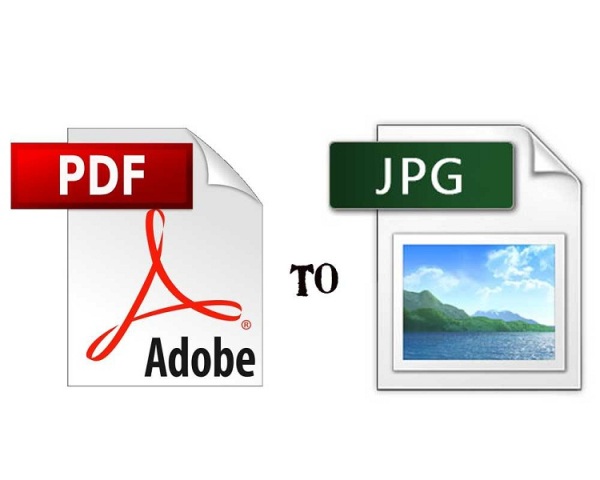What are JPEG’s Used For?
With the constant stream of information continuously being shared on the Internet, one often comes across the term JPEG. So what is a JPEG and how do you use it? JPEG is a file format, which stands for Joint Photographic Experts Group, and is one of the most common image formats used to transmit images through the World Wide Web. It is often referred to simply as JPG, which is the 3 letter file extension associated with the JPEG files.
JPEG is commonly used in digital photography due to its compression of images and data encoding. JPEG is best used for photographs and paintings of realistic scenes, which require smooth tones and colors. Thus, the JPEG is the most common format used for digital cameras.
Accessibility is another reason the JPEG is so popular with modern technology users. The file is used and recognized by software applications including Corel, Photoshop, and PaintShop Pro. By using specific software, photographers are able to easily edit their pictures.

How does one Edit a JPEG?
JPEG has both advantages and disadvantages when it comes to editing content. As a standard, JPEG is able to support a maximum image size up to four gigapixels (65535 x 65535 pixels), way larger than most conventional users need. With typical settings, a JPEG can usually achieve 10:1 compression with minimal image quality loss.
One of the advantages of editing a JPEG is the fact that a number of alterations can be performed. This includes rotating blocks in 90-degree increments and cropping. However, the changes need to be specific to the ratio of the image to maintain the image fidelity and shape. All of these changes can be done without re-compression or quality loss with any basic photo editing software.
Why Convert JPEG to PDF?
Users may need to convert files from a JPEG format to a PDF for a number of reasons. Most notably, scanned documents saved as JPG images can be converted easily to PDF and then merged with other PDF files to create full document packages (legal, school applications, tax documents, etc.). Converting multiple JPG files to a PDF can also be used to simply create photo collections or albums. For example images from a family trip.
When it comes to printing out images, the PDF pixel dimension for the screen is more accurate than that of a JPEG file. With a PDF format, the digital image is the exactly the same as the printed copy.
How to Convert PDF to JPEG
Luckily, there are online programs available that are free and easy to use. By going to FoxyUtils.com, users will be able to convert images in four easy steps.
-
First the user will need to upload their files. Files can be uploaded from the user’s Google Drive, Dropbox, or computer hard drive.
-
Make sure all files that need to be converted are uploaded and do not exceed 50 MB.
-
Specify how the images should be extracted. This can either be done in pages, which would convert the entire PDF page into a JPEG, or via images, which would convert every individual image within the PDF into it’s own separate JPEG file.
-
Now convert!
Whether the user needsto convert a PDF to a JPEG or the opposite, there is technology out there to help do the work. There is no longer a need to waste money, time, or stress over the struggle of conversion. Now, everyone has the technology to convert images right at his or her fingertips.




